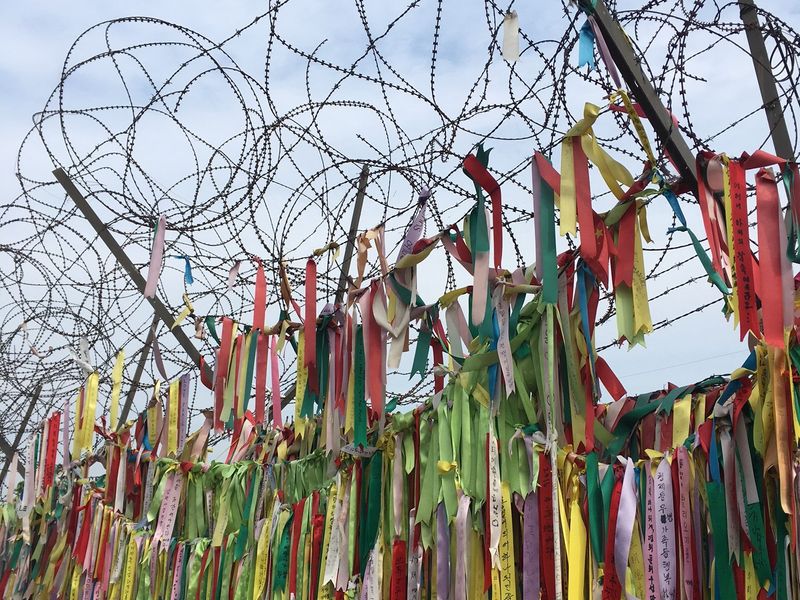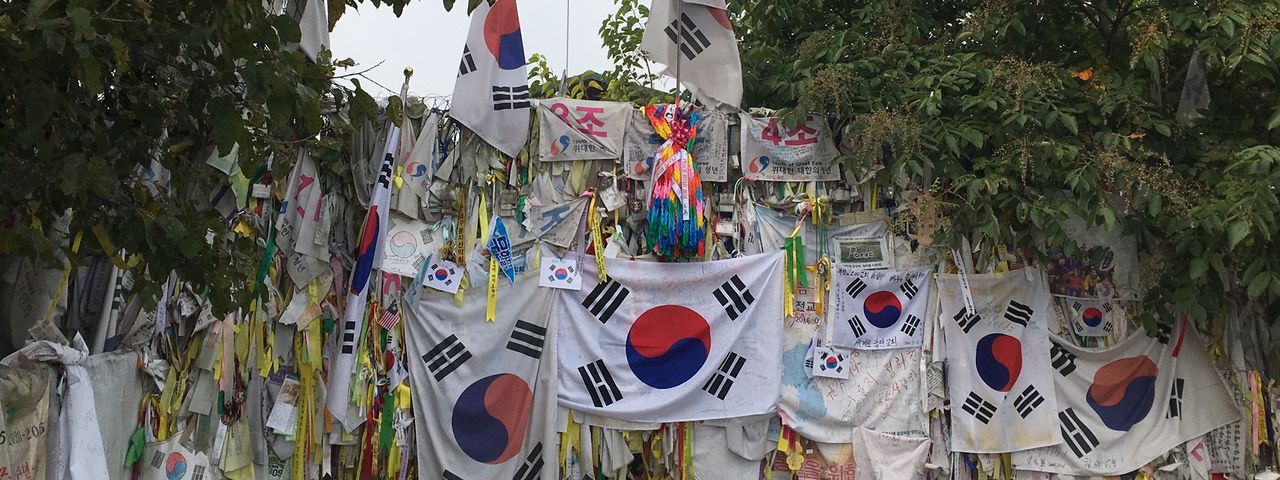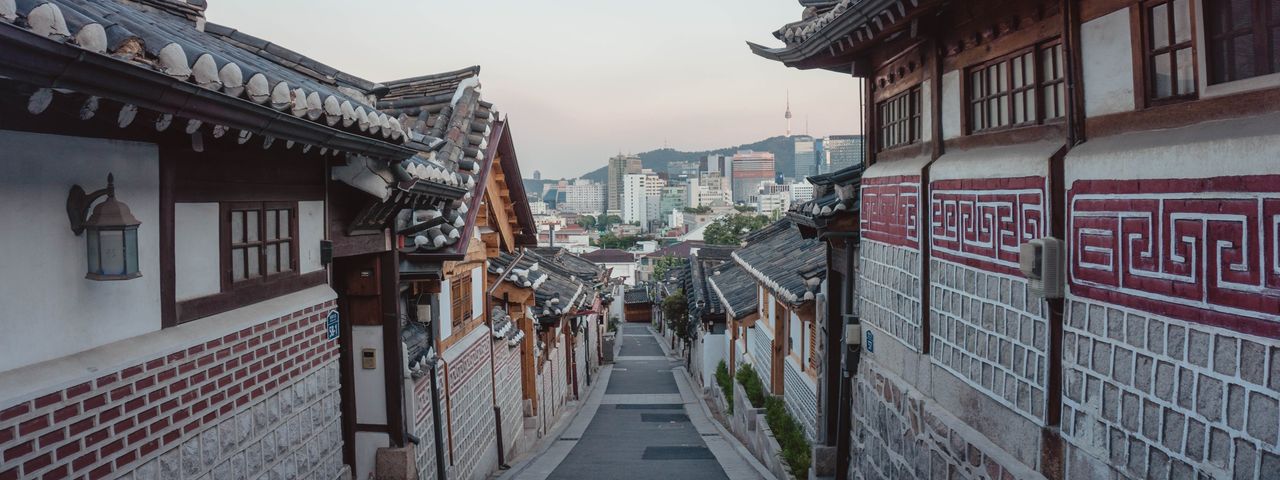DMZ
The Demilitarized Zone (DMZ) separating North and South Korea offers a stark reminder of the ever-present tensions between the two countries. Created in 1953, and site of the landmark 2018 meeting between North Korean leader Kim Jong Un and South Korean president Moon Jae-in, this 260km strip is the most heavily militarised border on earth, lined with tank traps, barbed-wire fences, landmines and troops. Frozen between two realities, nature has retaken hold of the terrain and made it strikingly, and jarringly, beautiful, while a surreal soundtrack of North Korean propaganda plays at full volume across the otherwise peaceful landscape.
Three things to do in the DMZ
Obviously there's a lot more, this is just to get you started...
Journey into the unknown
Most visitors' first stopoff in the DMZ is the sombre briefing room, where the tension can be palpable. From there, official buses guide visitors onwards past several poignant sites. Built to console families separated by the border between North and South, the immaculate lawns and pools of Imjingak Park contrast with the sombre memorials to the conflict, including the Peace Train: the rusted remains of the last locomotive to cross the border, which symbolise the hope that free travel between the two countries might become possible again. The Bridge of Freedom, which South Koreans crossed when they returned from North Korea following the signing of the Armistice Agreement, is another moving and beautiful spot.
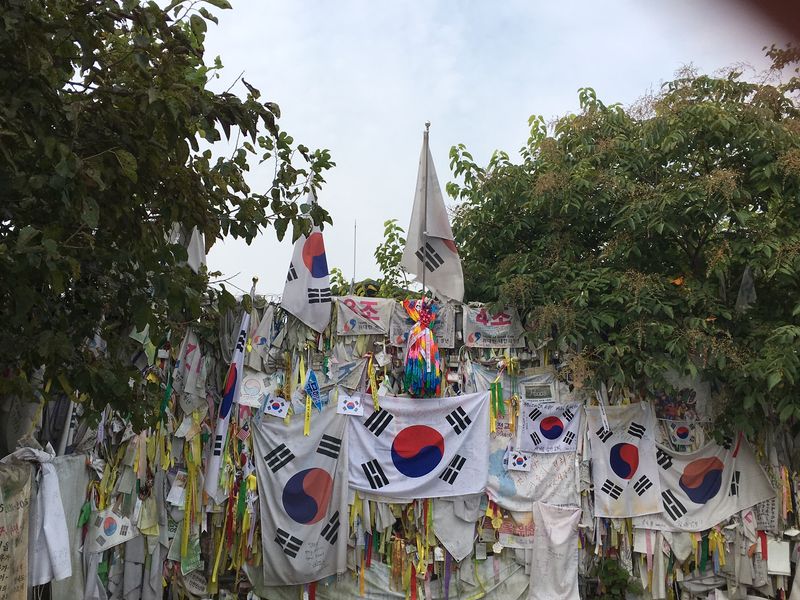
Going underground
Running across the border, under the DMZ, are four known ‘incursion tunnels’, the remnants of attempts to reach South Korea from the North. Discovered between 1974 and 1990, they are believed to have been built by the North as potential invasion routes, though the North either claims them as coal mines or denies having known of their existence, and there is relatively little definitive information as to their origin. Reminiscent of an abandoned subway or mine shaft, the incomplete Third Tunnel shows excavation for over a mile through solid bedrock and is open to visitors as a tourist attraction. Accessing the depths of the tunnel, either on foot or via monorail, is a fascinating yet unsettling experience, imagining what might have been.
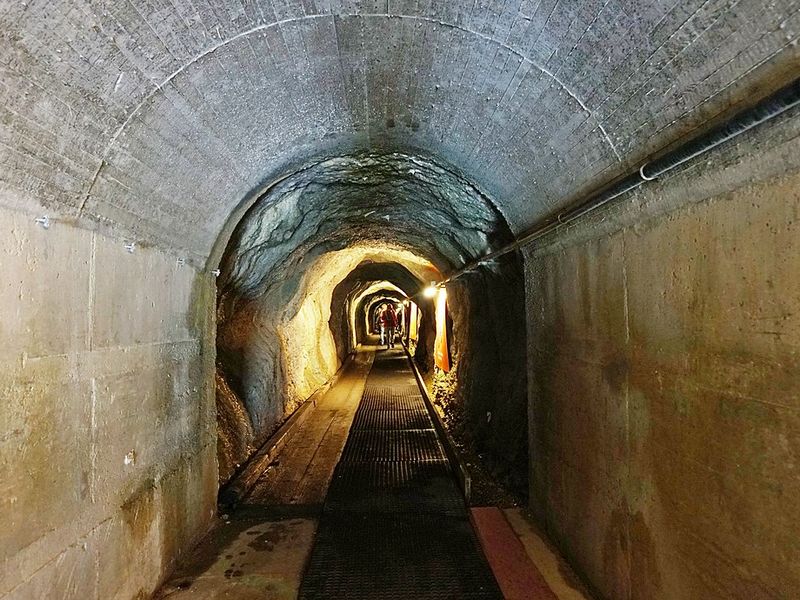
Between two worlds…
Visitors to the DMZ are ultimately heading for one place: the 800-metre wide Joint Security Area (JSA) where neither North nor South Korea has jurisdiction. The Military Armistice Conference Hut, where the original treaty was signed, is open for tours, with each country’s visitors taking turns in timed slots. Inside the hut, markers show the Military Demarcation Line: the actual border where North and South Korea meet. Guards stand by the doors, impassive and resolute, whilst in other buildings along the line, the two sides have persisted with negotiations for over 60 years. The table straddling the border in the visitors’ hut symbolises the hope that, one day, a permanent peace will be agreed between these two countries that, although forever touching, remain worlds apart.
